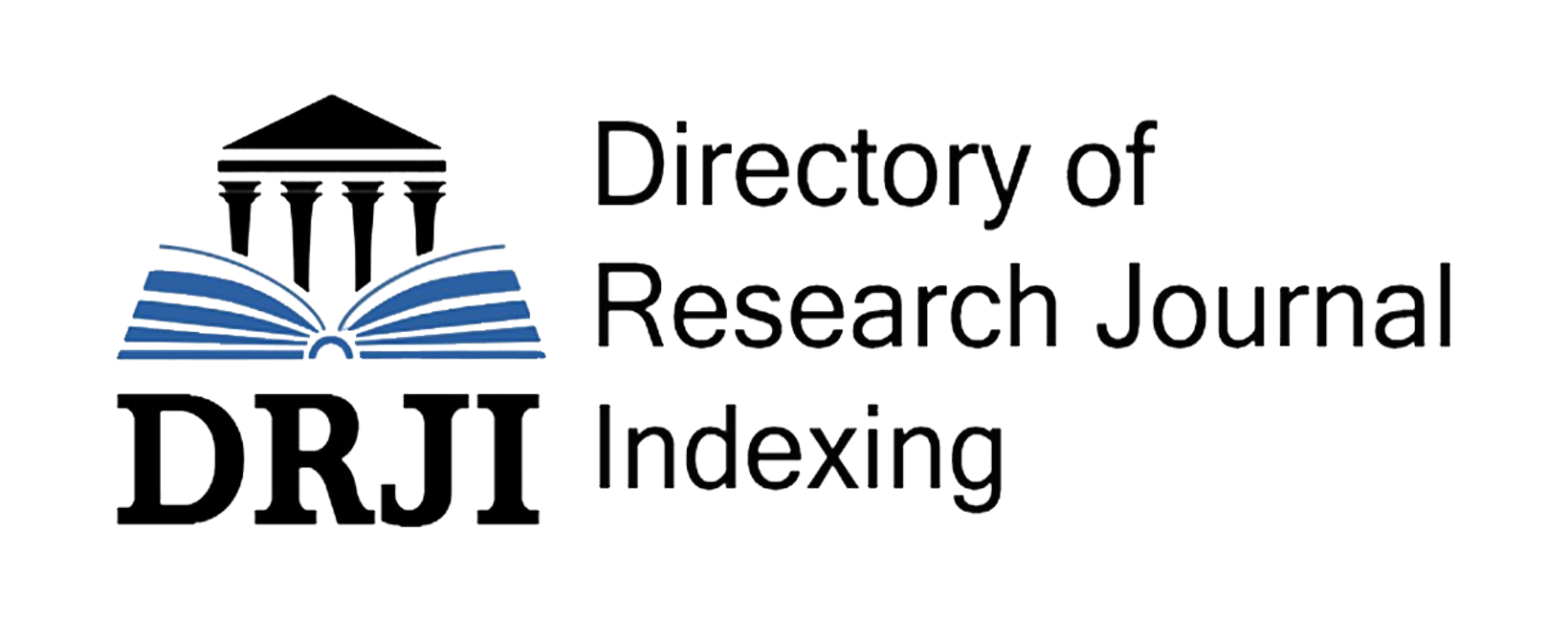SYNTAX ANALYSIS OF TERMS WITH NEGATIVE AFFIXES
Keywords:
negativity in linguistics, negative affixes, prefix, suffix, inflection, derivation, types of negative affixe, metallurgical terms, yntaxeme analysisAbstract
Paraphrasing or “reading” of an affixal negation derivative may help in indicating the group into which the derivative can be accommodated, as shown by the two readings of the French verb dйconseiller. The distribution of the subtypes of these two groups needs to be explored further, which might give insights as to the role of various affixes in the distribution of their derivatives. The observations of Sapir (cited by Cysouw 2006) regarding the imbalance of affixation seem to be challenged in the domain of negation. They have observed that in the domain of affixation, the number of suffixes is higher than the number of prefixes, which amounts to the imbalance in affixation. In the case of negative affixes, however, prefixes seem to outnumber suffixes. This phenomenon could be examined further to see whether it is linked to the distribution of affixal negation into the groups “direct” and “indirect”.
References
I would like to express my sincere gratitude towards Remi Jolivet, Pierre Larrivйe and Jayant Gadgil for discussions, reviews and insightful suggestions on draft versions of this article, which also benefited from the observations of the participants at the conference A Contrario (March 25, 2010), organized by Universitй de Caen Basse-Normandie.
The term “lexical negation” is used to indicate the negation of or at the level of a word. This includes antonymy as well as affixal negation. This does not include the negation of a verb with the help of not in English, ne … pas in French, nicht in German, etc., which forms a part of “sentential negation”, i.e., negation at the level of a sentence.
It must be specified that the term “affix” is used here to indicate “derivational affix” (as opposed to “inflectional affix”). There seem to be varied opinions as to the use of the term “affix” (for example, whether it should be used to indicate the elements used for derivation as well as inflection or whether it should be reserved for the elements helping in derivation and not for those participating in inflection). That debate is out of scope of the current article.
One can find allusions to this term “indirect negation” elsewhere in literature. Jespersen (1917) uses this very term, but in the context of sentential negation and not for affixal negation. Horn (2001, 274-276) briefly discusses a similar idea of “emotive / evaluative negation”, which he calls “E-Neg”.
Example given in Haпk 1998, 35-36.
The Concise Oxford Dictionary of Current English 1990.









